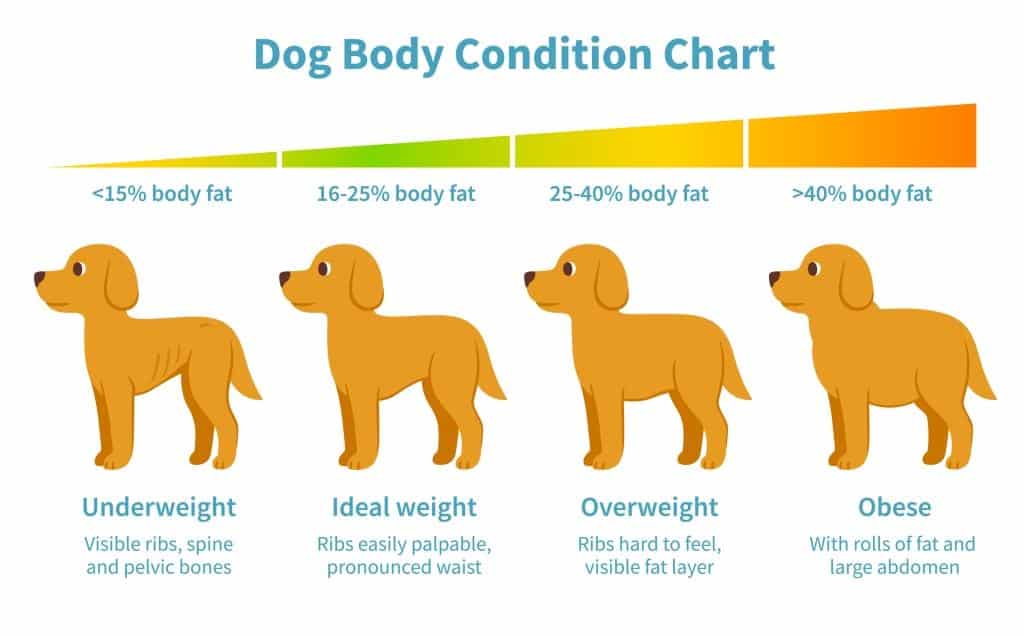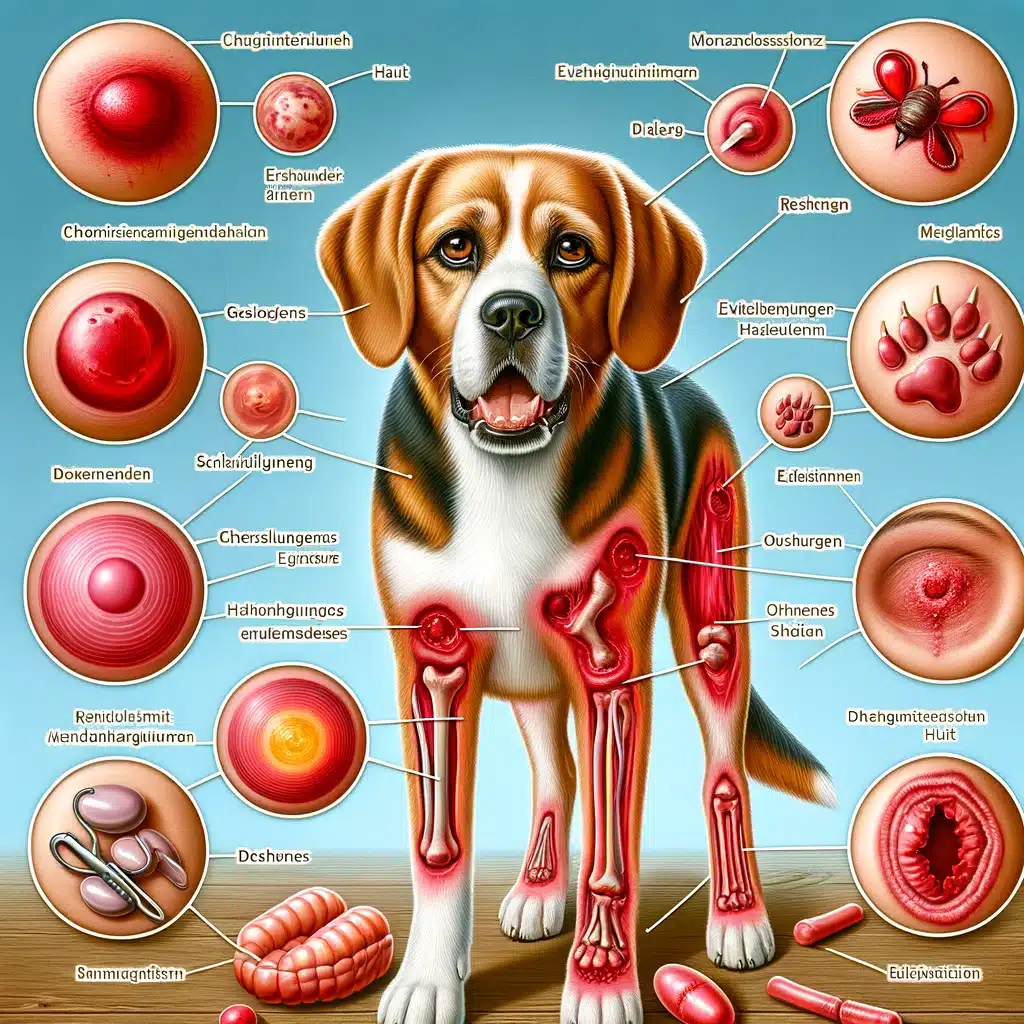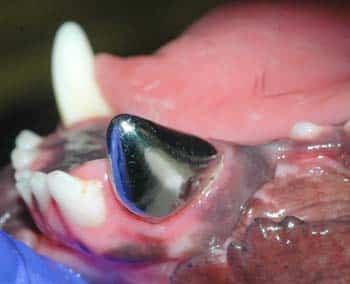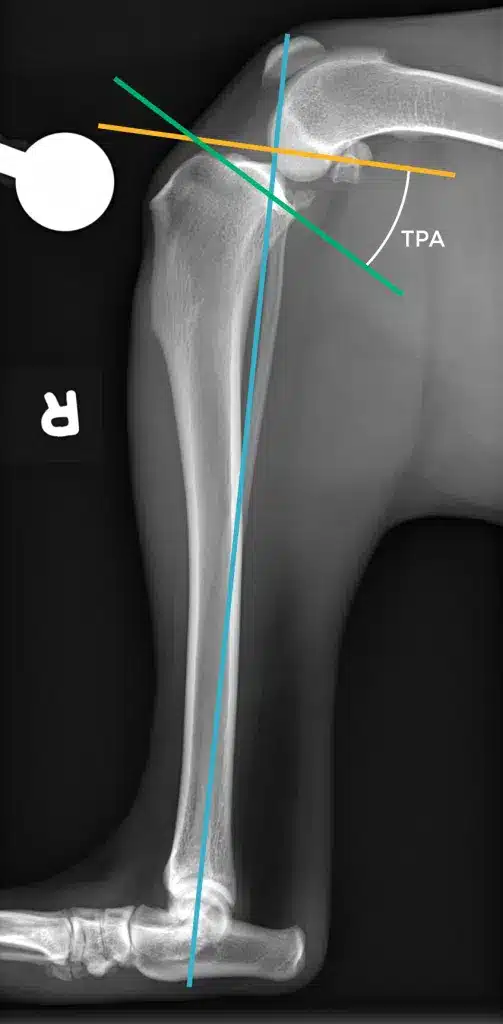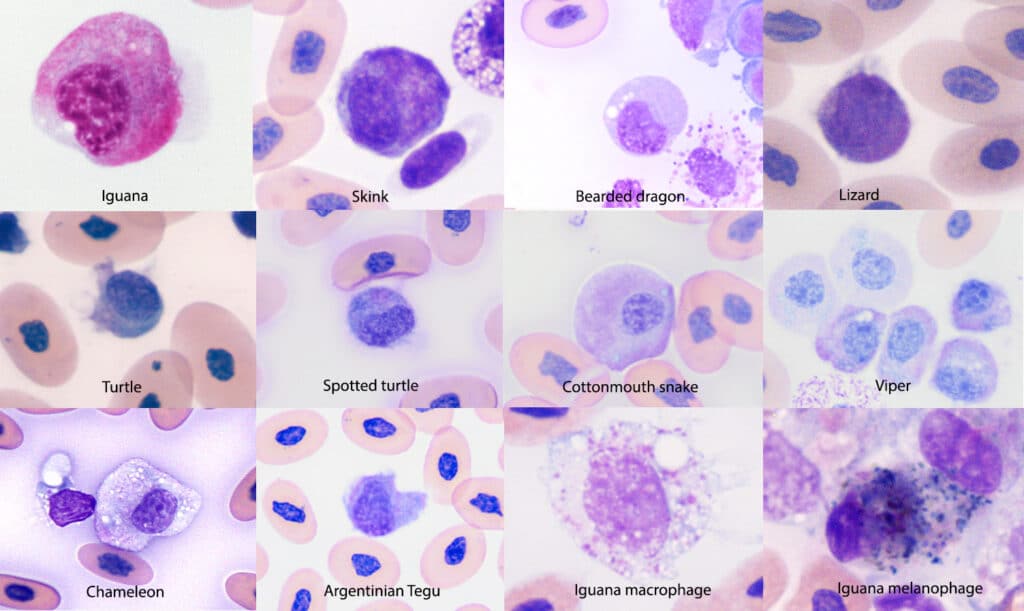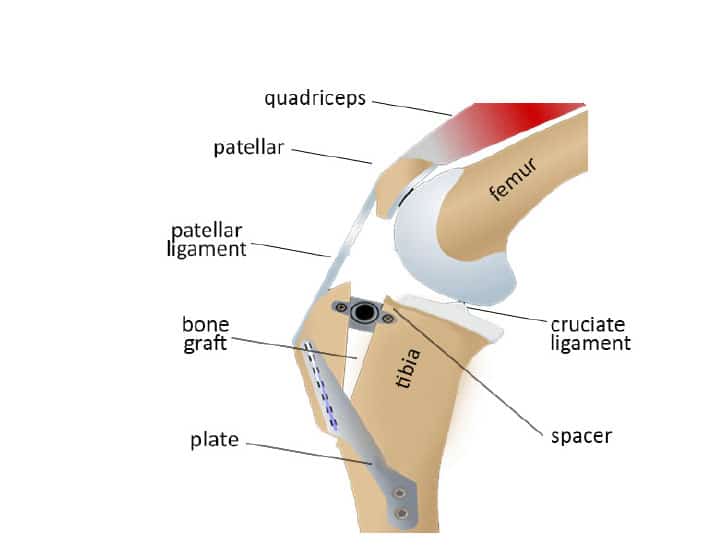Great Dane Diseases
The Great Dane, also known as the “gentle giant”, is a breed of dog that impresses not only with its imposing appearance, but also with its friendly and patient nature. But despite their hardiness, Great Danes are prone to certain health problems that owners should be aware of and prevent. In this article, we'll take a look at the most common illnesses affecting this majestic breed and provide tips on how to support the health and well-being of these loyal companions.


